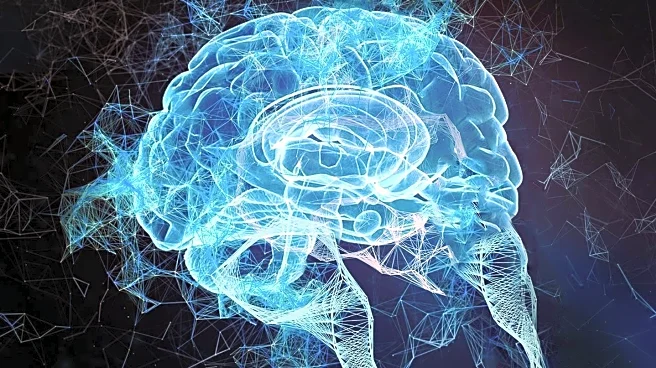What's Happening?
A recent study has demonstrated the effectiveness of a gyroscopic wearable device, known as GyroPack, in improving balance and gait performance in individuals with degenerative ataxia. Conducted as a single-blinded, sham-controlled cross-sectional study, the research involved 14 participants diagnosed with moderate to advanced degenerative ataxia. The GyroPack, a robotic backpack equipped with control moment gyroscopes, was tested in assistive and sham modes. Results showed significant improvements in trunk angular velocity variability when the device was used in assistive mode compared to baseline and sham conditions.
Why It's Important?
The development of the GyroPack represents a significant advancement in assistive technology for individuals with degenerative ataxia, a condition that severely impacts balance and mobility. By providing a non-invasive method to enhance stability, the device could improve the quality of life for patients, reducing the risk of falls and increasing independence. This innovation also highlights the potential for robotics and wearable technology to address complex neurological disorders, paving the way for further research and development in the field.
What's Next?
Future studies may focus on refining the GyroPack's design and functionality, exploring its long-term effects on balance and mobility. Researchers might also investigate its applicability to other conditions affecting gait and stability. The integration of such devices into clinical practice could lead to new therapeutic approaches, emphasizing the role of technology in rehabilitation.
Beyond the Headlines
The use of robotic devices in medical settings raises questions about accessibility, cost, and ethical considerations. Ensuring that such technologies are available to all who need them, regardless of socioeconomic status, will be crucial. Additionally, the reliance on technology for physical assistance may shift societal views on disability and independence.











